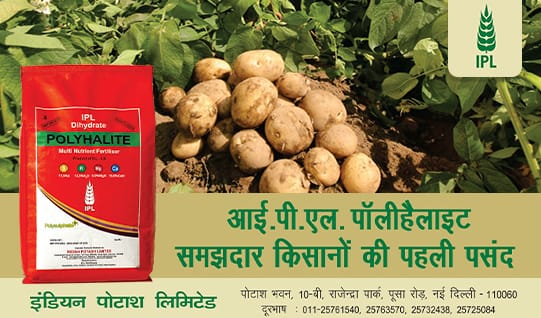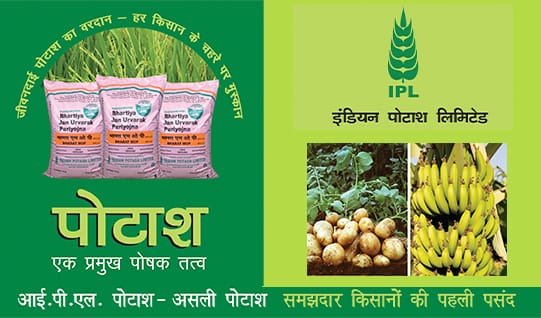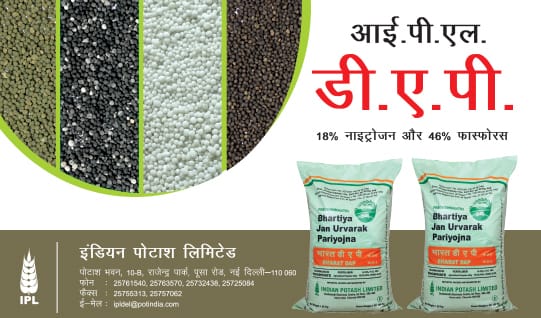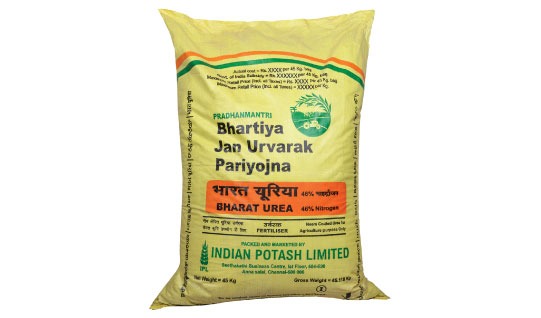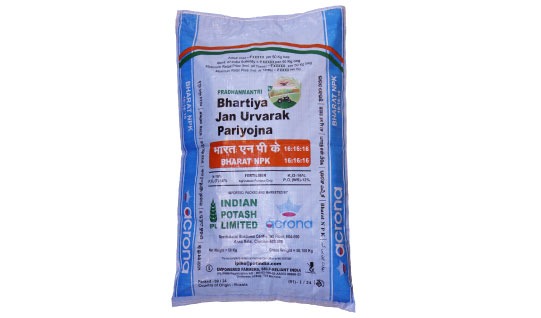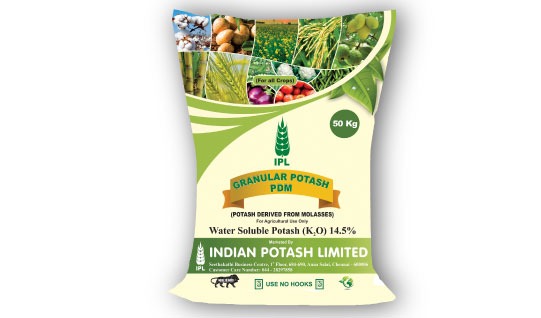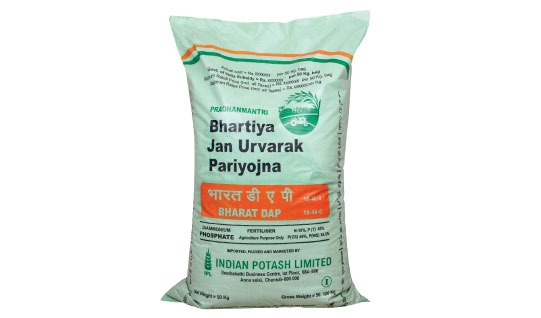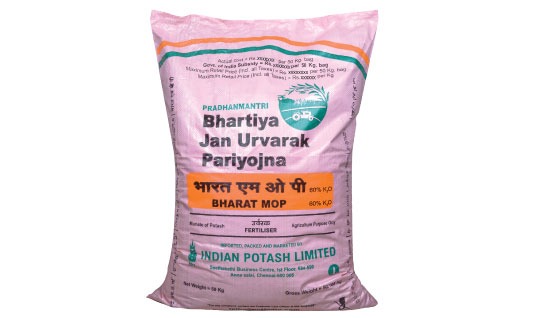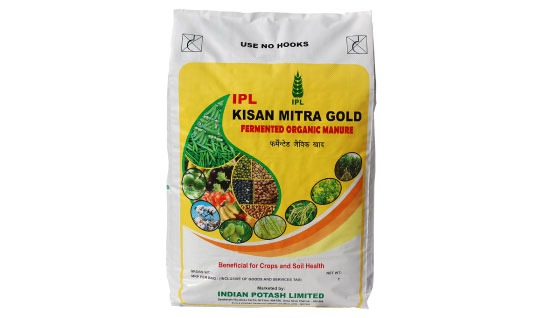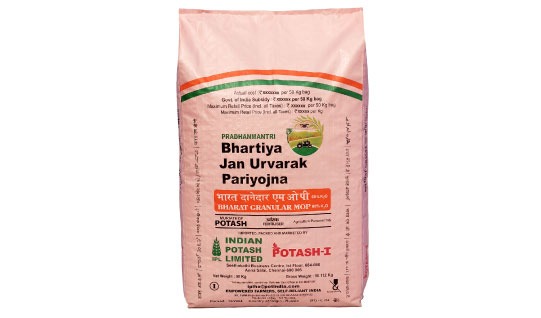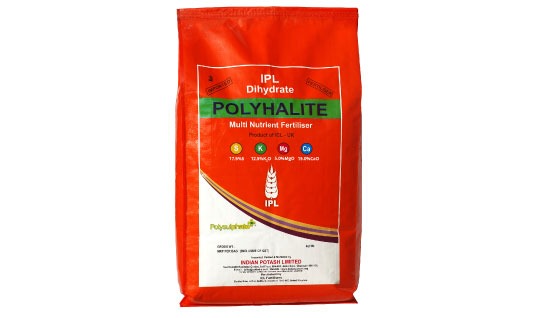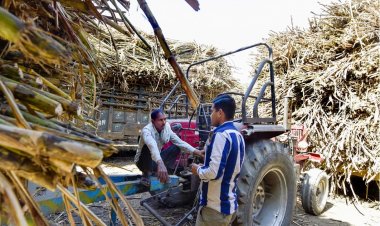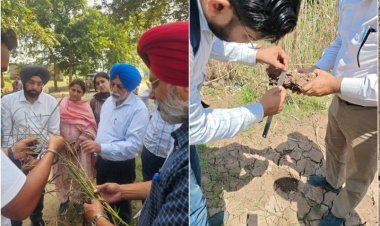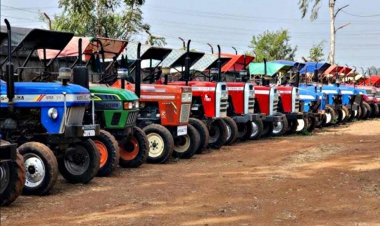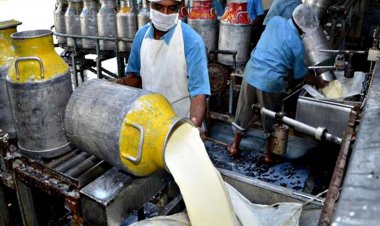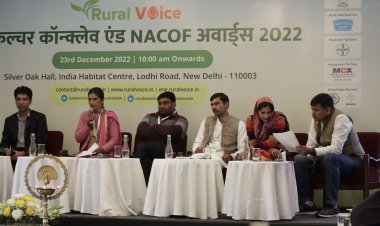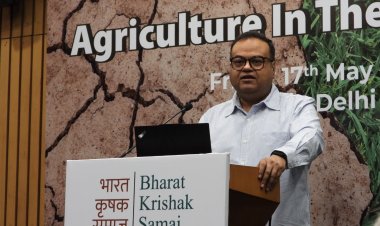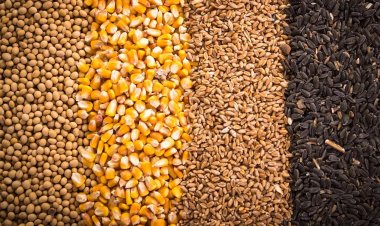A Bitter Season for the King of Fruits: Mango Farmers in Uttar Pradesh Face Grim Prospects
The situation is especially disheartening in Malihabad and Unnao, regions celebrated across India and abroad for their luscious Dussehri mangoes. Prized for their unique flavour, these mangoes are routinely exported to global markets. But this season has delivered little more than despair.
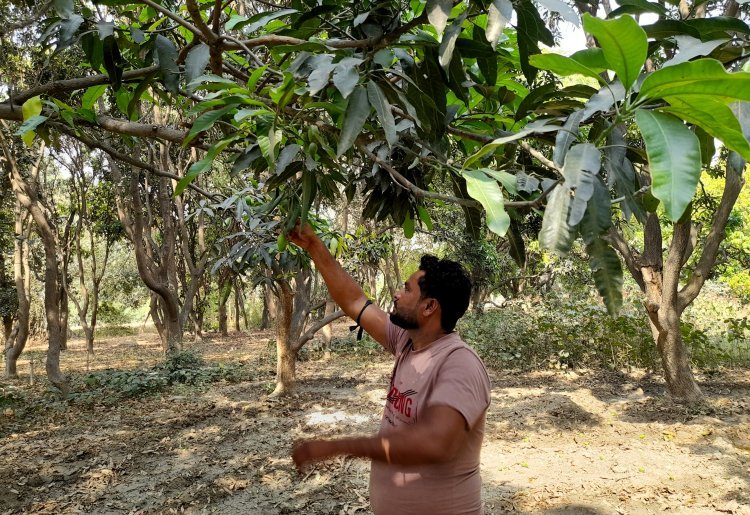
By Sumit Yadav | Lucknow
The mango, long revered as the king of fruits, is proving to be a crown of thorns for farmers this year. Once a symbol of abundance and prosperity, the orchards now stand as a painful reminder of nature’s unpredictability. Across the famed mango belts of Uttar Pradesh— particularly in Malihabad and Unnao— farmers are staring at financial losses, with trees bearing scant fruit and unripe mangoes prematurely falling to the ground.
The situation is especially disheartening in Malihabad and Unnao, regions celebrated across India and abroad for their luscious Dussehri mangoes. Prized for their unique flavour, these mangoes are routinely exported to global markets. But this season has delivered little more than despair. Despite heavy flowering earlier in the year, the fruit set is weak. To compound the woes, erratic weather, including sudden storms and unseasonal rains, has inflicted further damage on the fragile crop.
For Pappu Khan, a 30-year-old timber contractor from Pachodda village in Unnao’s Sikandarpur block, the dream of mango profits is fast turning into a nightmare. Inspired by his brothers, he leased a 1.5-bigha mango orchard for two years at Rs 70,000, paying Rs 15,000 upfront. He has spared no effort—four rounds of irrigation, repeated ploughing, fertilisation, two pesticide sprays, and meticulous maintenance—costing him an additional Rs 15,000. Yet, his orchard today lies strewn with fallen, unripe mangoes.
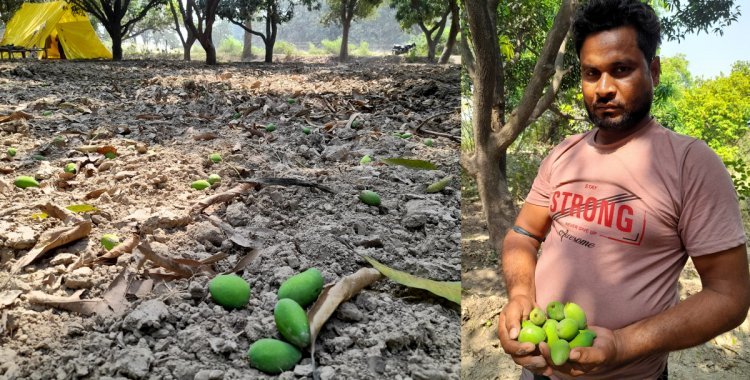
Farmer Pappu Khan with fallen mangoes in his orchard.
“The condition of the orchard is breaking my spirit,” Pappu says, bending to pick fallen fruit. “I don’t know if I’ll harvest anything worthwhile. Even after two rounds of spraying, nothing has worked. I don’t even know who to turn to for advice— I’ve never heard of the farmer helpline.” He vows never to venture into mango farming again.
A similar tale echoes from Aqeel Khan, 35, whose eight-bigha orchard in Unnao boasts around 80 trees. “There was no shortage of blossoms,” he says, “but the fruit simply didn’t form properly. What little did grow is now falling prematurely. The storms and sudden heatwaves only made things worse.” With yields so low and costs rising, Aqeel doubts he’ll recover even a fraction of his investment.
In neighbouring Malihabad, Brijbhan Singh, 44, tends a four-bigha orchard. While his trees, too, flowered abundantly, the crop has failed to materialise in meaningful quantity. “Costs have skyrocketed in recent years,” he says. “From ploughing and irrigation to repeated pesticide spraying—which can cost up to Rs 10,000 per application—it’s become increasingly difficult to manage.” Last year, Brijbhan earned ₹1.25 lakh from his mangoes. This year, he fears a total loss.
Uttar Pradesh stands as the largest mango-producing state in India, contributing approximately 24% of the national output. The state is known for its celebrated varieties like Dussehri, Chausa, and Langda. India, in turn, is one of the world’s top mango exporters. According to the Agricultural and Processed Food Products Export Development Authority (APEDA), India exported 32,100 tonnes of fresh mangoes in 2024 to markets including the UAE, UK, USA, Kuwait, and Qatar. A comparable volume of mango pulp was also shipped abroad.
Yet this year’s low yields point to deeper issues.
Dr. Jay Kumar Yadav, an agricultural scientist at the Krishi Vigyan Kendra in Unnao, attributes the widespread fruit drop to poor fertilisation, inadequate bisexual flowering, insufficient pollination, a dearth of pollinating insects, nutrient deficiencies, and lack of soil moisture. “Farmers should ensure their orchards retain moisture,” he advises, “and apply a growth regulator called Planofix to prevent premature fruit fall.”
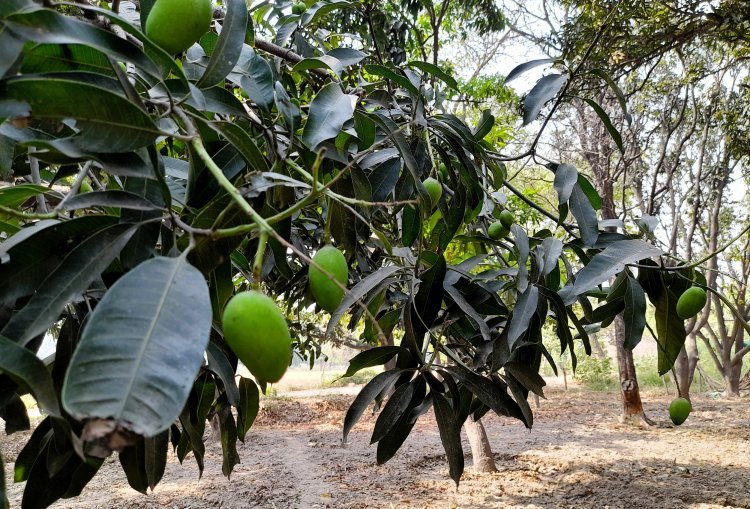
Scant mangoes in an orchard in Unnao district.
He adds that excessive flowering and flower drop can also result from imbalanced soil nutrients, pest infestations, diseases, and environmental or hormonal stress. Regular pruning of older trees and maintaining optimal soil pH through testing are essential for sustainable yields.
From the Central Institute of Subtropical Horticulture in Lucknow, Dr. Dushyant Mishra offers further insights. “Mango trees rely on pollinator insects for fruiting,” he explains. “Unfortunately, the excessive use of pesticides in recent years has severely diminished these beneficial insects.” The result is a rise in jhumka mangoes—small, clustered fruits that drop off before ripening. He urges farmers to use pesticides judiciously and only when pest infestation crosses a threshold, and always under expert guidance.
Dr. Mishra also notes a natural phenomenon: if a tree bore little or no fruit in the previous season, it may bloom heavily the following year as a compensatory response. However, this flowering often leads to weak fruit set, especially when nitrogen levels are too high and phosphorus and potassium are lacking in the soil. Pests and diseases, too, may cause blossoms to dry up and fall prematurely.
As the season progresses, hope withers for many growers. In place of the golden bounty they once anticipated, farmers across Uttar Pradesh now walk through their orchards with sinking hearts, watching the king of fruits fall—long before it has a chance to reign.


 Join the RuralVoice whatsapp group
Join the RuralVoice whatsapp group
